SSL certificates are an important component of website security and are especially important for websites handling sensitive information. If there is any issue with the SSL certification, your browser may display the NET::ERR_CERT_AUTHORITY_INVALID error and fail to load the website. If you run into this error, you will have to try out the fixes mentioned here to resolve it.
Fix 1: Run an SSL server test
You can run an SSL server test for the website to check whether the SSL certificate is properly installed.
- Visit the SSL Labs page and paste the URL of the website you want to check before clicking on the 'Submit' button.

- Wait for a few minutes for the scan to complete and you will see whether the SSL certificate is trusted or not. An A+ score is the ideal score but unless you get a negative score, the website should open on your browser.
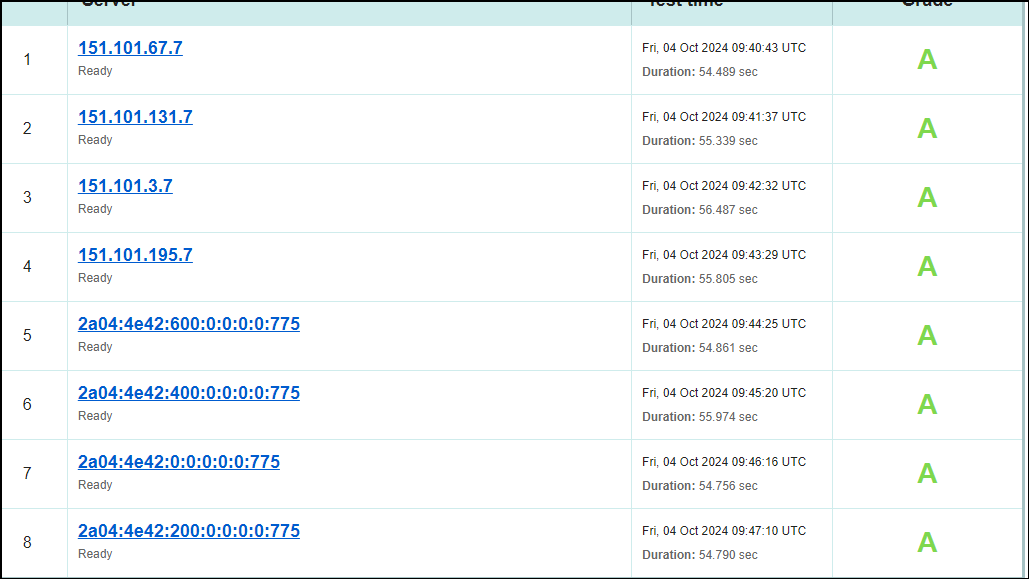
Fix 2: Clear browser cache and cookies
If your browser cache is corrupted or outdated, you may see the ERR_CERT_AUTHORITY_INVALID error. To fix this, you can try clearing the browser cache and cookies in the following manner.
- Open Chrome and click on the three dots on the top right.
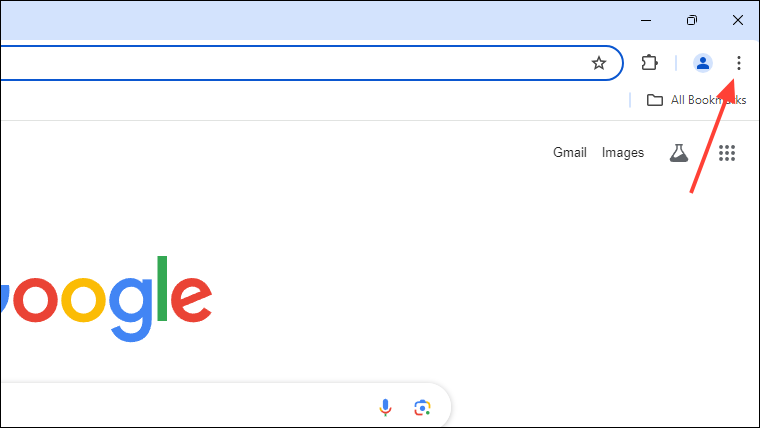
- When the dropdown menu appears, click on 'Settings'.
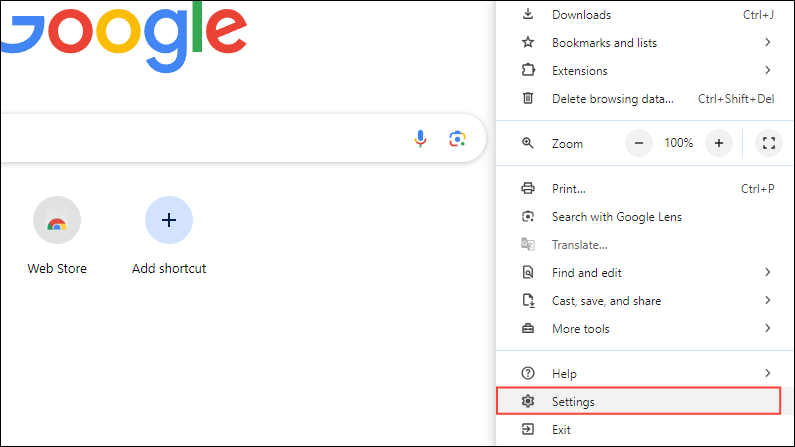
- On the Chrome Settings page, click on 'Privacy and Security' on the left.

- Now click on 'Delete browsing data'.
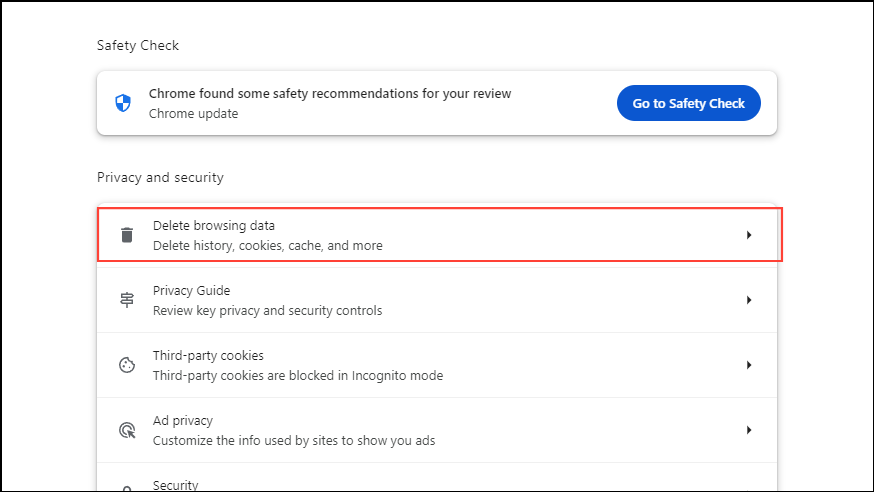
- In the pop-up that appears, click on all the three checkboxes to select them. Then click on the 'Delete data' button.
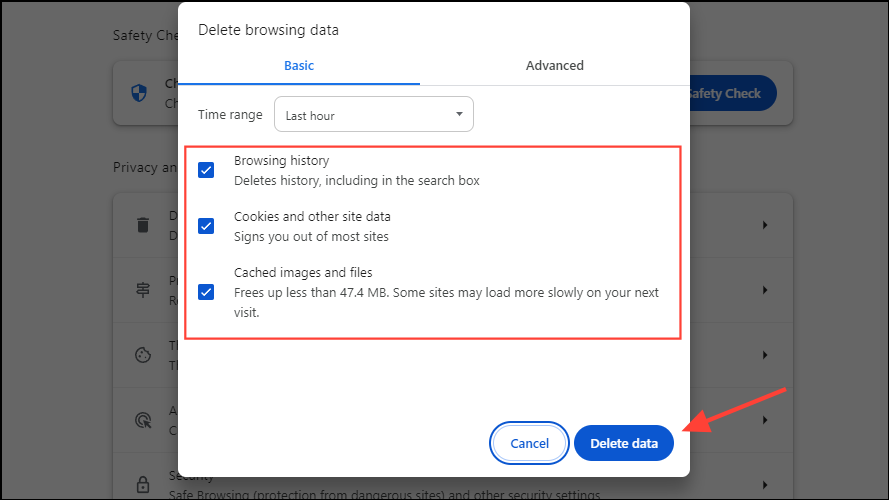
- Now try reloading the page and check whether the error is still present.
Fix 3: Adjust the time
Web browsers rely on the system clock of your computer to verify the SSL certificates of various websites. If the time shown by the clock is incorrect, it may interfere with this process and may result in an error. To adjust the time on the system clock, follow these steps.
- If you're using Windows, right-click on the time shown on the right side of the taskbar and click on 'Adjust Date and Time'.

- When the date and time settings page opens, you can manually adjust the time so it is displayed correctly. Alternatively, click on the 'Set time automatically' toggle to correct it. You should also check the time zone is set correctly here.
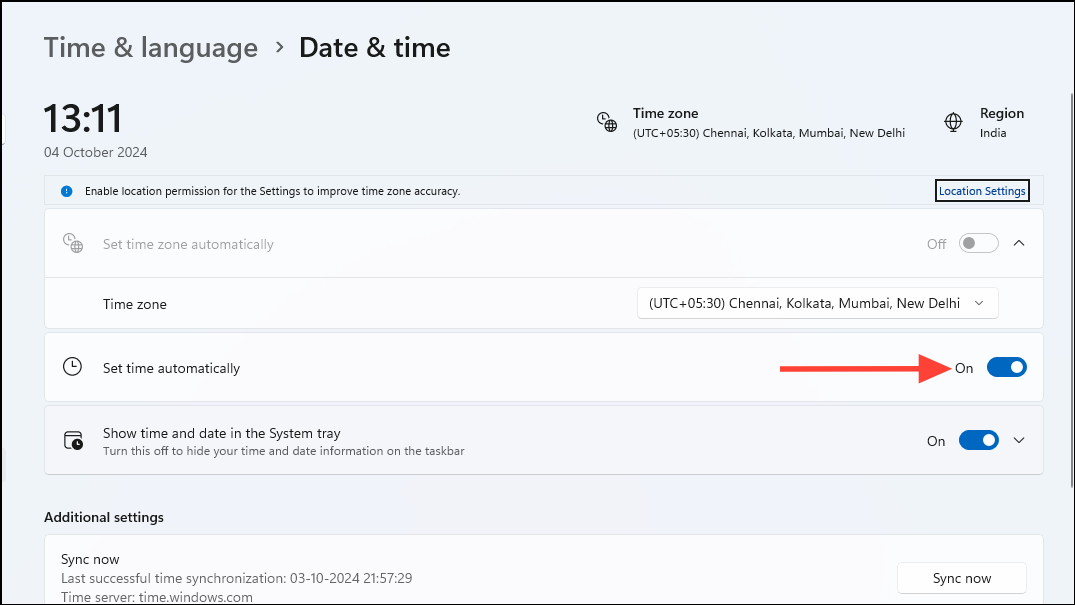
- on macOS, click on the Apple icon at the top left and click on 'System Settings'.
- Then check the 'Date and Time' setting under the 'General' section.
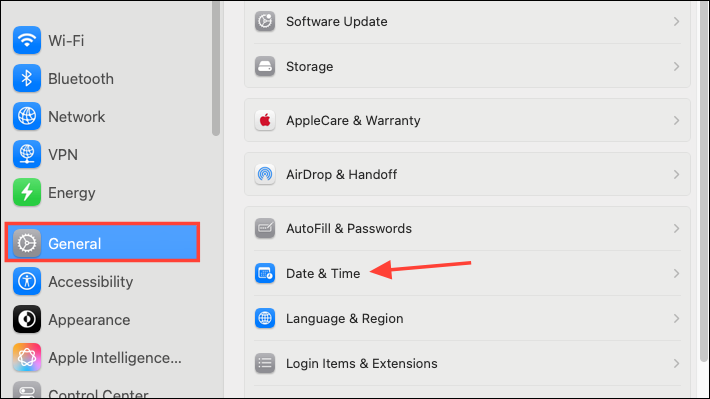
- Again, you can set the time manually or set it to automatically adjust itself.
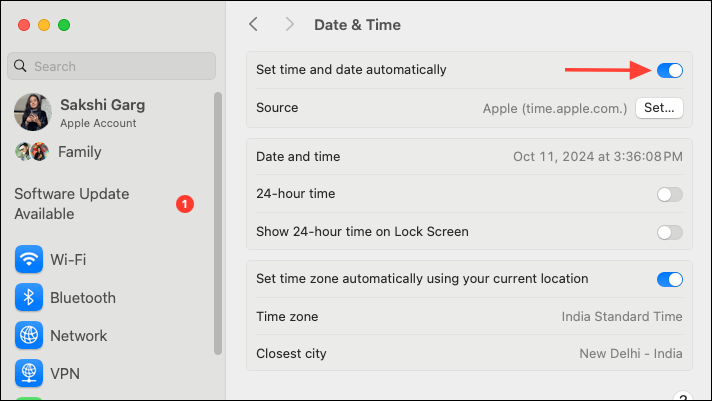
Fix 4: Use incognito mode
Another solution for the ERR_CERT_AUTHORITY_INVALID error is to use the Incognito Mode built into modern web browsers. This mode automatically turns off all third-party extensions you have installed, which may be responsible for the problem. You can launch an incognito window in Chrome using the Ctrl + Shift + N shortcut on Windows. Just check and make sure to disable any extension you've enabled in incognito mode to avoid running into issues.
Fix 5: Turn off browser extensions
If you do not wish to use Incognito Mode, you can manually disable your browser extensions to try and fix the problem.
- Open Chrome and click on the 'Extensions' button on the right of the address bar.
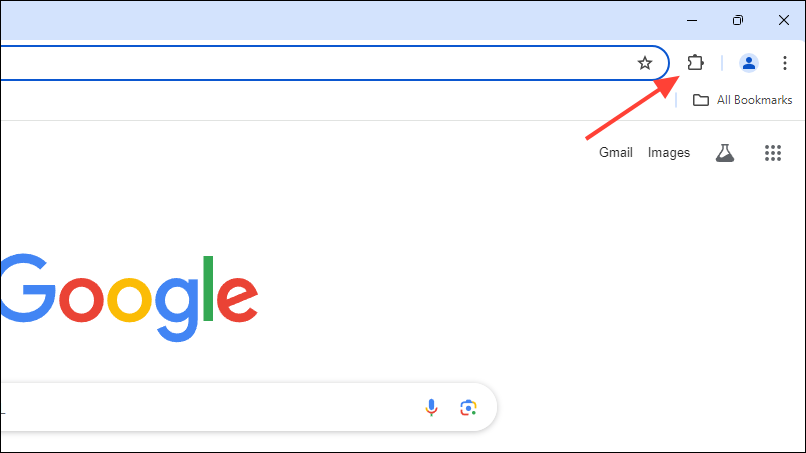
- Then click on the 'Manage extensions' in the dropdown menu.
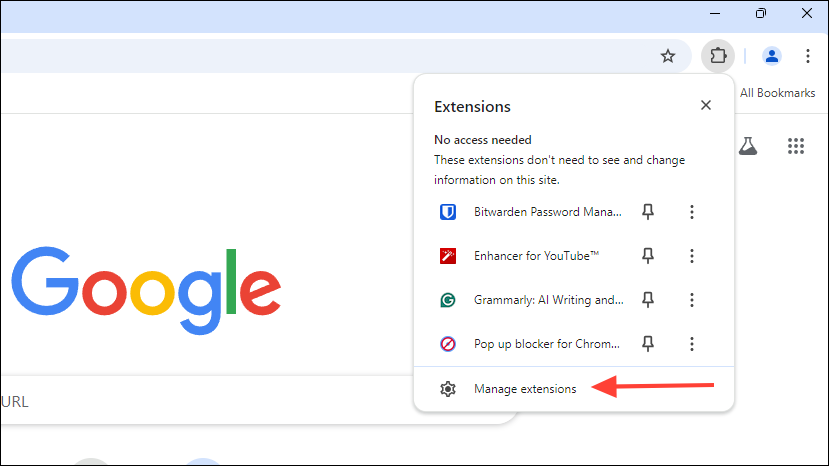
- You will see all installed extensions on your screen. To disable an extension, click on its toggle. Disable all extensions and then visit the problematic website again.

Fix 6: Turn off your VPN
If you're using a virtual private network (VPN), it can sometimes prevent the SSL certificate on a website from being recognized, causing issues when you try to open it. To fix this, you should try disabling the VPN temporarily and then open the website where the error was occurring. If the website is accessible, the VPN was somehow interfering with the SSL certificate.
Fix 7: Update your web browser
If your web browser has bugs or is missing important security features, updating it might help you get rid of errors. Modern browsers generally download and install updates automatically and just require you to restart them, but you can do so manually as well.
- To update Chrome, click on the three dots on the top right and move your cursor down to the 'Help' and then 'About Google Chrome' options.

- Chrome will automatically search for and install updates from the internet. Once updates are installed, click on the 'Relaunch' button.
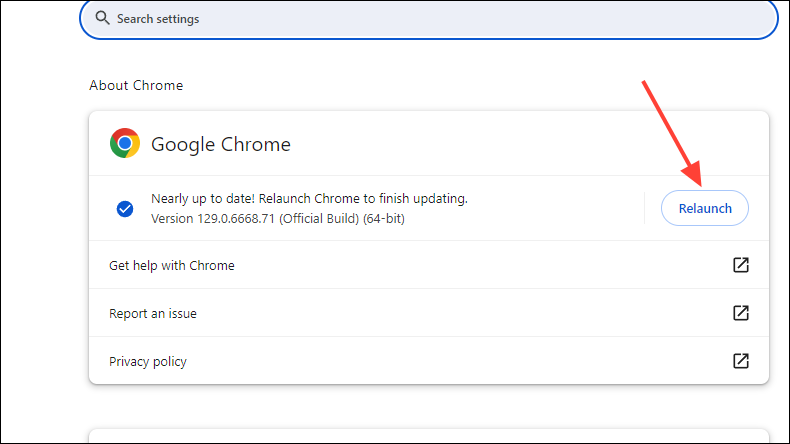
- You can try opening the website on which the error appeared and hopefully, the error should no longer appear. In the same way, you can try updating other web browsers you use to browse the internet.
Fix 8: Disable your antivirus temporarily
Antivirus programs often come with features that allow them to scan the traffic transferred between your computer and the network, which can sometimes cause problems. To check whether your antivirus is responsible for the ERR_CERT_AUTHORITY_INVALID error, you can temporarily turn it off.
- Click on the taskbar overflow button that appears as an arrow on the taskbar to view hidden icons.

- When the hidden icons appear, right-click on your antivirus.

- Then click on the toggle that turns it on and off to disable it. You may see a warning that your computer is not protected once you turn off your antivirus.

- Visit the website again using your web browser and if you can access it, your antivirus program was the reason behind the error.
Fix 9: Update your OS
You should keep your operating system up to date to ensure it has the latest bug fixes and security patches, which can help you avoid various issues.
- To update Windows, open the Settings page using the
Win + Ishortcut and click on Windows Update on the bottom left.

- On the Windows Update page, click on the 'Check for updates' button on the right.
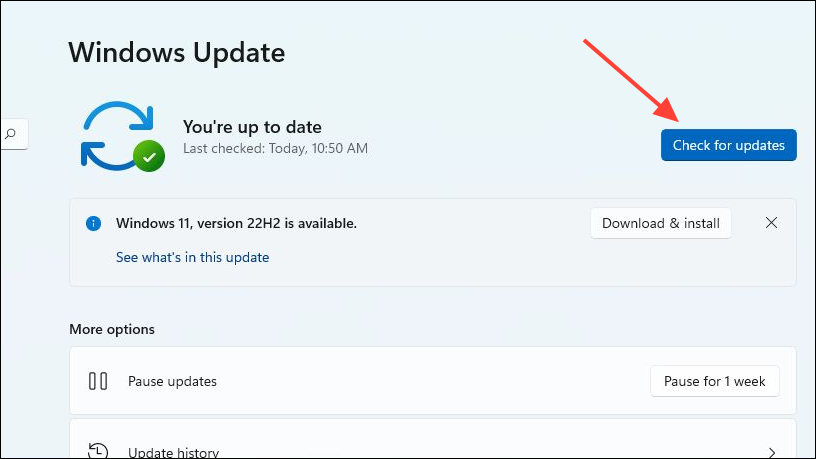
- Wait for Windows to check for updates. If they are available, it will download and install them and you may have to reboot your PC.
- If you are on a Mac, go to
Settings>General>Software Update. If software updates are available, you will see them here. Click on the 'Update Now' button to install the updates.
Fix 10: Clear SSL state cache
You can try clearing the SSL state cache on Windows and Mac to get rid of the NET::ERR_CERT_AUTHORITY_INVALID error.
- On Windows, open the 'Run' dialog and type
inetcpl.cplbefore pressing Enter.
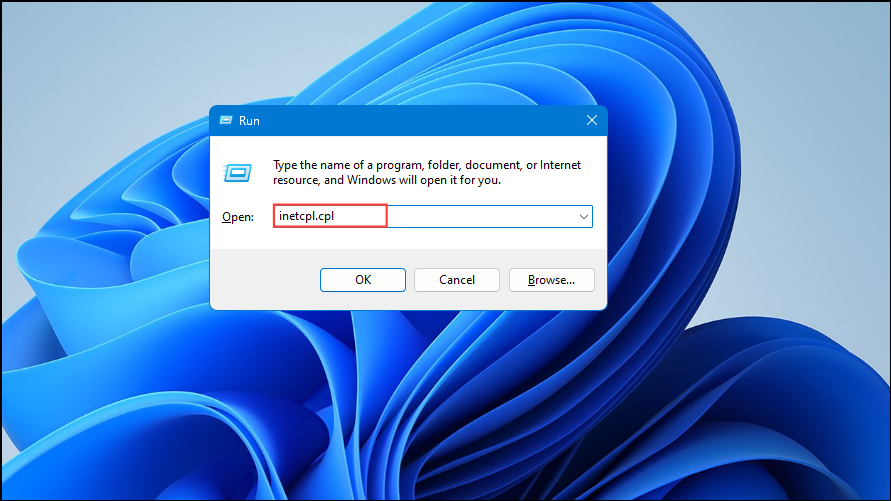
- When the Internet Properties dialog box opens, click on the 'Content' tab at the top and then on the 'Clear SSL state' button.

- Close the Internet Properties dialog box and restart your computer.
- On Mac, SSL certificates are stored in the Keychain Access tool. Open spotlight search using
Cmd+Space, search for 'Keychain Access' and open it. - Go to 'System' from the left in the Keychain Access window.
- Find the SSL certificate of the website you're experiencing trouble with. Right-click on it and select 'Delete' from the context menu. Repeat these steps for any other websites.
Fix 11: Reset Chrome
Resetting Chrome can help restore the default settings and fix issues that are preventing you from opening websites.
- Open Chrome Settings as explained above and click on 'Reset settings' on the left.
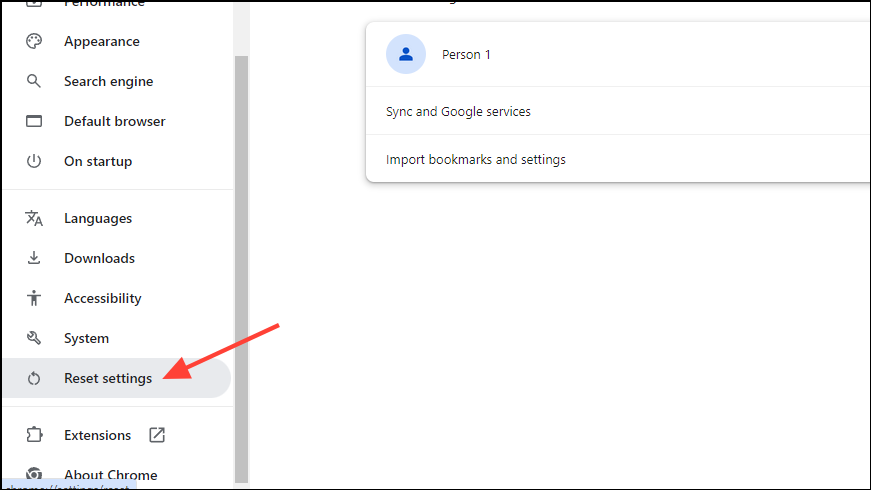
- Then click on 'Restore settings to their original defaults'. Resetting the browser will disable all extensions, clear all cookies, and remove all temporary data.

Things to know
- Sometimes all it takes to fix the ERR_CERT_AUTHORITY_INVALID error is refreshing the webpage. Doing so can get rid of any temporary glitches that might be causing the problem. Additionally, you should consider closing and relaunching the browser and rebooting your computer.
- If you're getting the ERR_CERT_AUTHORITY_INVALID error when trying to open a website on a public network, you can try switching to HTTP or a non-secured version from HTTPS. However, this is only for extreme situations and should not be attempted casually since it can open your system to various threats.
- If you have access to a different device, try opening the website using it and see whether it opens. Unless you are unable to open the website using another device also, the problem lies with your connection, browser, or device. Also, you can try switching to a different network if possible.
- Issues can also occur if you use a self-signed SSL certificate or if the certificate has expired. Consider purchasing a premium certificate from a valid authority or renewing your existing one, as the case may be.
- In case the solutions mentioned here cannot help you out, you may need to contact the website administrator. They may be able to identify the cause of the problem and help you resolve it.


